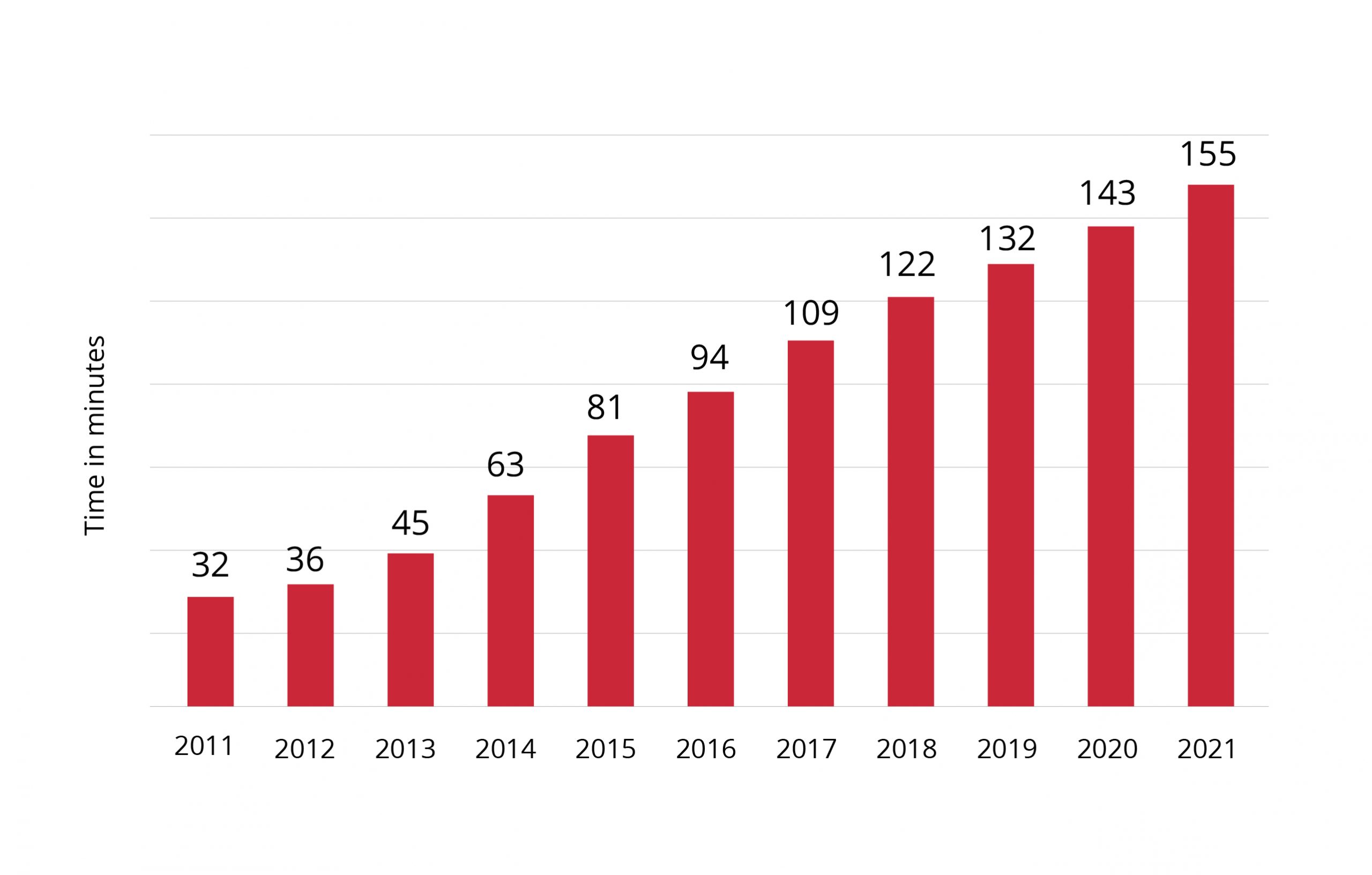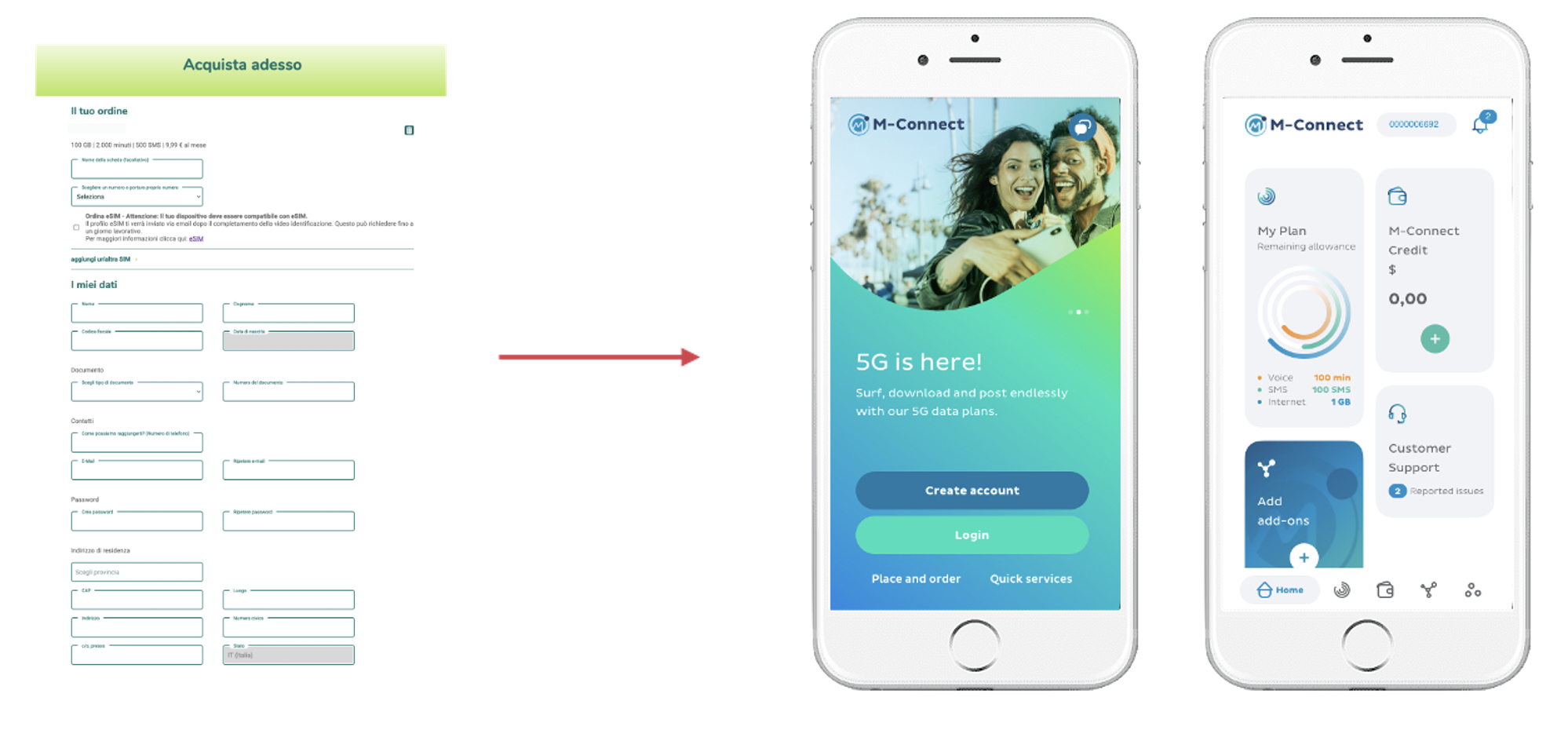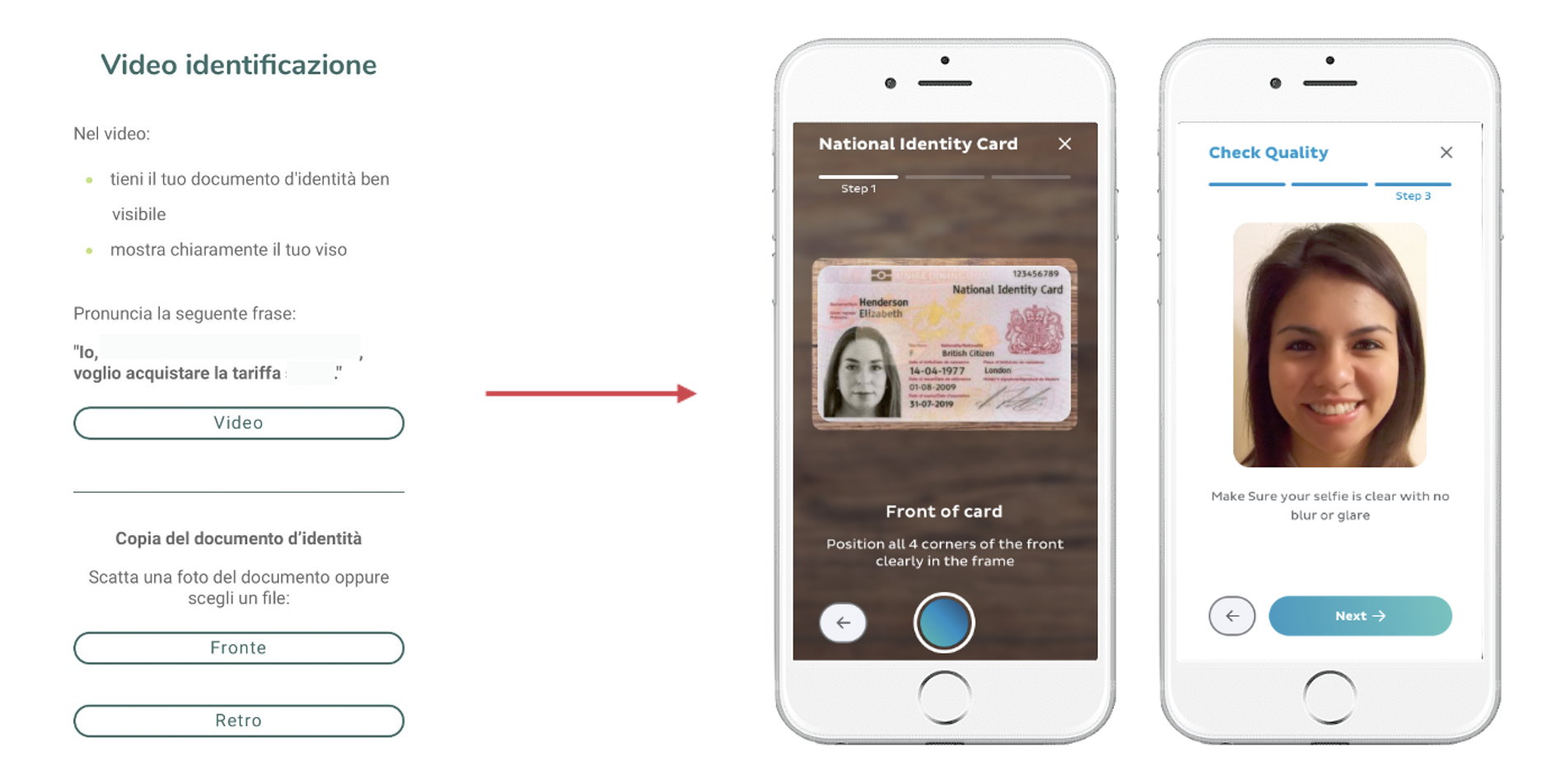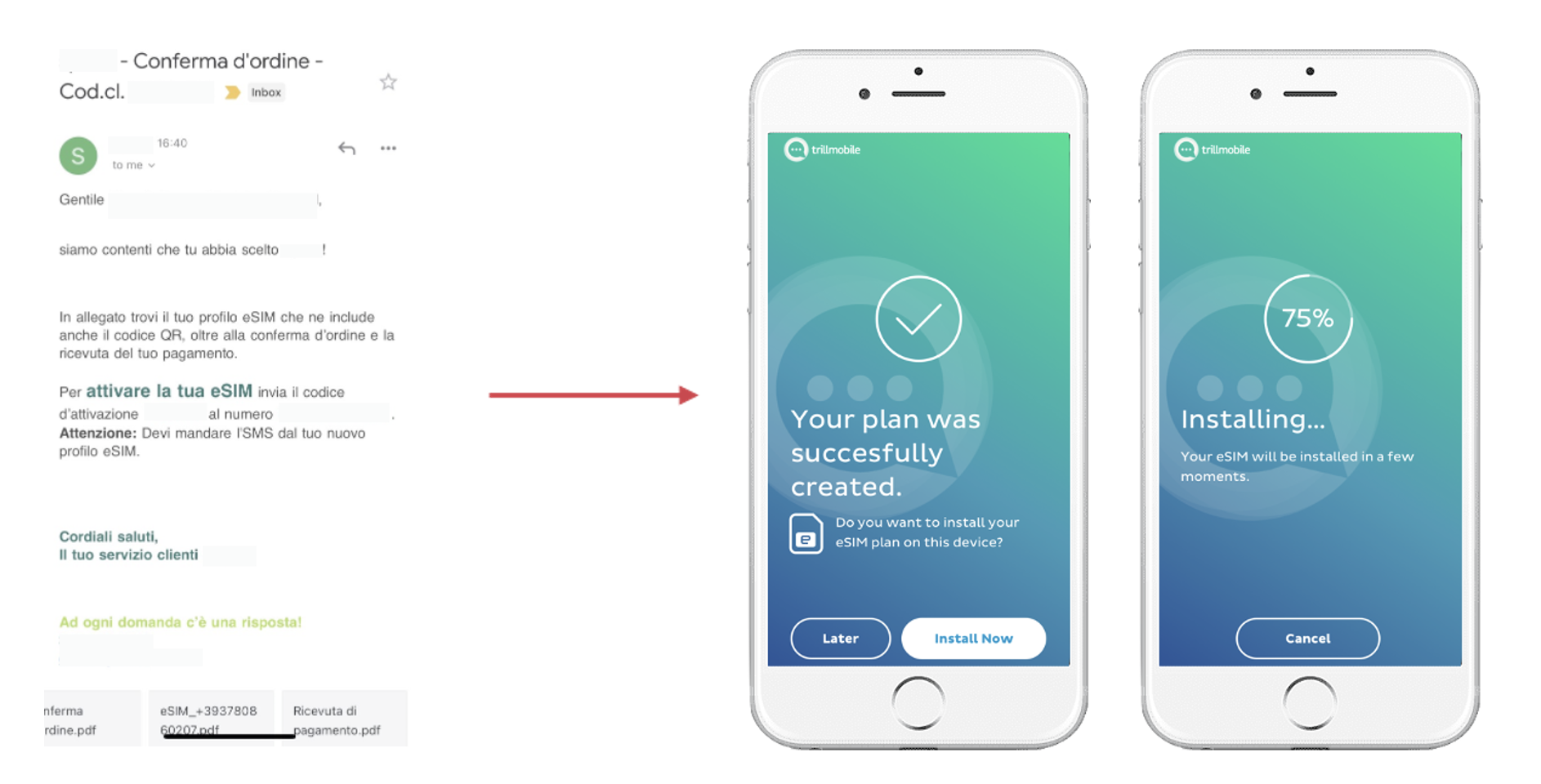Last week, we had the pleasure to host a webinar in partnership with Oasis Smart SIM and ARIADNEXT. The webinar focused on creating a frictionless digital customer experience (CX) in telecom. We discussed the most common mistakes service providers (SPs) make when undergoing digital transformation and digitalising their CX. We also provided recommendations on how to fix those mistakes by correctly utilising new digital technologies such as eSIM and eKYC. The presentation was moderated by Martin Erkal, Strategic Partnership Lead at Tata Communications. You can find the webinar recording at the end of this article.
Digital transformation in telecom
Digital transformation in the telecoms industry is imperative. Shareholders demand it. Customers expect it. The impacts of the COVID-19 pandemic are accelerating it. Yet, according to Deloitte, a staggering 70% of digital transformations fail.
The telecoms industry has lagged behind other sectors in realising the importance of digital transformation and creating a digital customer experience. However, to avoid the most pressing challenges in the telecom industry – slow growth, increasing competition from OTTs, low NPS scores, declining ARPU and rising churn – SPs must disrupt and reinvent themselves, and fast.
Digital customer experience in telecom – fast, frictionless, fun
Research revealed several keys to digital transformation success. Well-planned technology adoption, customer-centrism, and application of innovation culture are just some of them. But in the telecom industry, the main differentiator is customer experience.
SPs have historically been oblivious to CX. They have competed primarily based on coverage, value-added services (VAS) and price. However, due to the growing digitalisation and the use of mobile devices, customer expectations toward telecom service providers have changed.
In 2021, an average person spends over 2.5 hours with the internet on their mobile devices every day. It’s almost a five-fold increase since 2011. Additionally, it is estimated that 142.9 billion apps and games were downloaded in 2020 alone. On a daily basis, we tend to use 9 apps and around 30 each month. The most popular apps in 2020 were TikTok, WhatsApp, Facebook and Instagram and there is a high chance we all use at least one of them as our daily “9-a-Day”.
Daily time spent with the internet on mobile devices

As a result, customers expect the same level of experience from all apps and services they interact with, including their mobile service provider. And herein lies the problem for SPs. To achieve customer satisfaction, they need to start delivering a digital customer experience that’s aligned with the benchmarks set by those brands. It is not an easy task considering the resources and level of investment these Big Tech brands put towards their digital platforms.
Easier with eSIM and eKYC
The introduction of eSIM to the consumer market in 2016 was a significant milestone on the journey to achieving a fully digital customer experience in telecom. Alongside the electronic Know Your Customer (eKYC) process, it enabled SPs to move their entire customer journey online, especially the onboarding process.
Onboarding has historically been one of the most challenging processes for SPs to digitalise due to the need to complete both SIM activation and identity verification in person.
With eSIM, users can set up their devices instantly without needing to visit a retail store or wait for their SIM card to arrive via the post. It’s possible thanks to remote SIM provisioning. It enables users to download eSIM profiles onto the UICC chip that’s soldered inside their device.
Similarly, identity verification has taken place in person at a store or by the courier delivering the SIM card or device. Fortunately, the introduction of eKYC has innovated this process. It can now take place online.
However, while eSIM and eKYC facilitate speedier onboarding, it’s important not to rush things. A poorly executed digital onboarding solution can do more harm than good to customer satisfaction resulting in a high churn rate.
Unfortunately, many SPs approach digital onboarding the wrong way. They create a telecom customer experience that works against, rather than in conjunction with eSIM and eKYC.
Digital customer experience mistakes
There are five main steps in customer onboarding with eSIM:
- Plan selection and eSIM order
- Account set up
- Identity verification
- Payment
- eSIM activation
An ineffective digital customer onboarding starts with an ineffective communication channel choice. Most SPs that don’t have a self-care app but provide eSIM ask their customers to onboard via their website. In this case, a user can complete steps 1, 2 and 4 via the website. However, the process becomes complicated when it comes to identity verification and eSIM activation.

Identity verification
Digital identity verification typically takes the form of a video showing the customer’s face and identity document and verbally confirming that they want to activate the service.
Subsequently, the customer must upload a photographic copy of the same identity document for a more detailed inspection. Once the identity has been confirmed and payment processed, the customer can then proceed to activate their eSIM.
There is a high chance that customers record the verification video and take pictures of their ID document with their smartphones. Consequently, two main CX issues arise.
Firstly, if the customer started the onboarding process on their desktop device, they will have to transfer the video and ID photocopies from one device to another. Constantly switching between different platforms creates unnecessary friction and the risk of losing potential customers at this stage rises.
Secondly, this type of the ID verification process can take up to 24 hours. That’s probably still better than having to undergo an ID check in person, but if an SP intends to digitalise their onboarding, the process should be much quicker than that to create a smooth and enjoyable experience for the customers.

eSIM activation
Another step where we see a lot of SPs make CX mistakes is eSIM activation. The process can only begin after the customer’s identity is validated. Following the eKYC process described above, it can take up to 24 hours.
After the successful ID check, the SP sends an eSIM profile to the customer’s email creating yet another point of friction. From the website, whether opened on a desktop or mobile device, the customer needs to move to their inbox.
Once the customer receives their eSIM profile, they can activate it via a QR code sent to them in a separate email. Finally, they need to send an SMS with an activation code from their new eSIM profile to their SP to conclude the onboarding process and start using their plan.

Going digital the right way
The eSIM activation process presented above may sound arduous and unreal. Unfortunately, it’s not. It’s an actual eSIM experience recently introduced by an Italian MVNO.
Fortunately, the process can be optimised and the mistakes corrected. During the webinar, we not only discussed the above-mentioned pitfalls in more detail but also provided SPs with 3 workable recommendations on how to improve eSIM and eKYC implementation and create a frictionless telecom digital customer experience.
To find out more about those (and other mistakes), as well as the solutions, watch the webinar recording!



